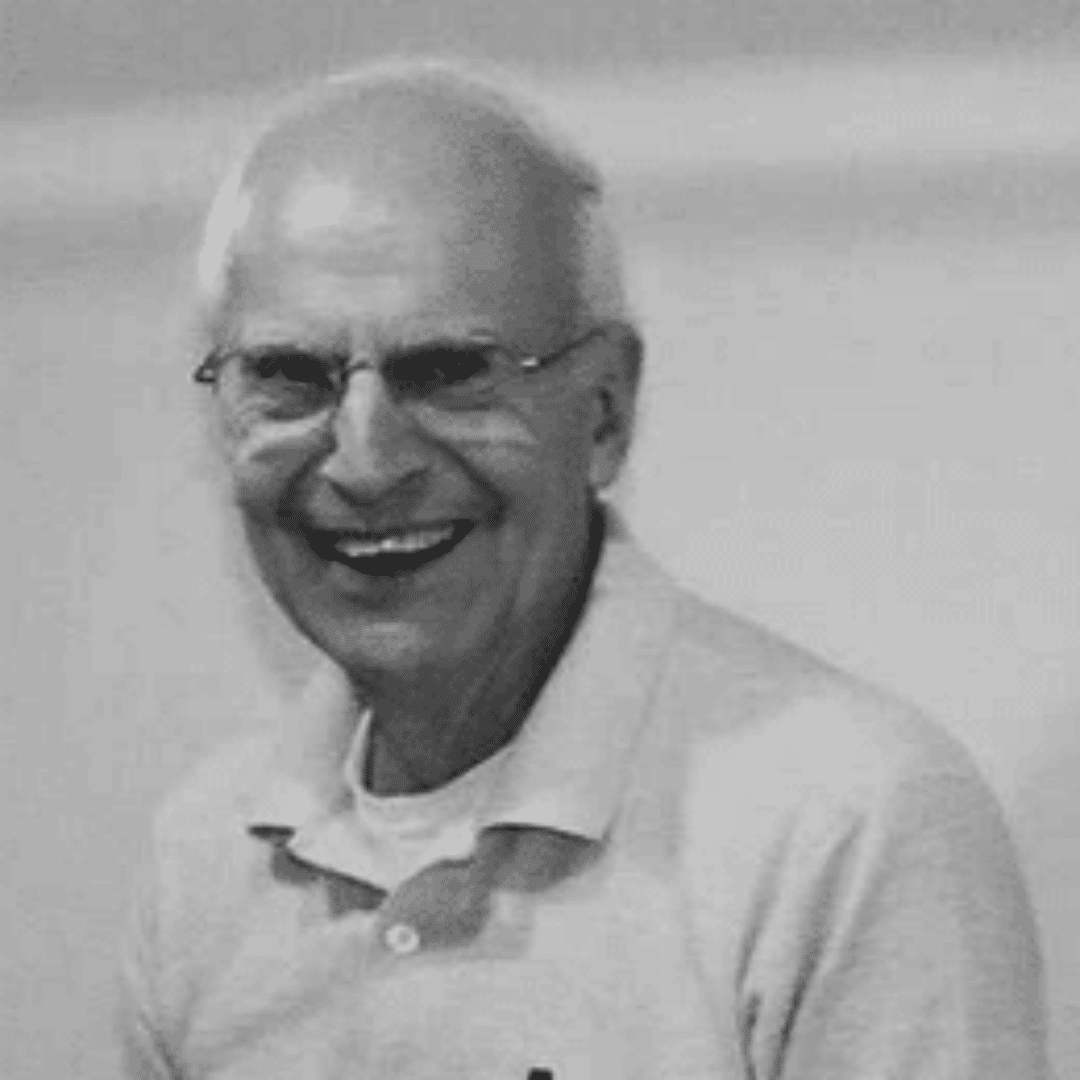IDSA mourns the loss of Clair Samhammer, FIDSA, an industry leader and cherished friend in the world of industrial design. Clair’s passing on October 15, 2023, at the age of 95 in Mission Viejo, CA marks the end of a remarkable career.
Clair’s creative journey began with a magazine article about industrial design that sparked his interest, prompting him to establish his own studio and seek design schools close to home. Graduating from Pratt Institute with a certificate in Industrial Design in 1950, he later earned a BA, enabling him to teach at colleges and art schools.
In the early 1950s, Clair worked at Sundberg-Ferar and Harley Earl Inc. in Detroit, Michigan, where he designed and crafted a toy Corvette pedal car. By 1959, he joined Melvin Best Associates in Pasadena, CA, and later became part of Design West in 1962. Notably, his celebrated designs included the award-winning attaché cases for Samsonite Corporation—the Classic in 1962 and the Royal Traveler in 1965.
Clair’s work remains a hallmark of functional and elegant design. His impact extended to co-founding the Creative Design Center in Orange, CA, and serving as President of the IDSA Los Angeles chapter. Recognized for his commitment, he was honored with an IDSA Fellowship in 1978.
Clair’s creative spirit and influential career leave an enduring legacy in the realm of industrial design. Clair will be remembered as a mentor, leader, and visionary in the field.
Below: Clair pictured with the original Corvette pedal car in 1953 and again, a fantastic fifty years later, in 2003 during restoration of the car.


Eric Samhammer reflects on his father, Clair Samhammer’s influence in technology and product design:
“Before we moved to SoCal in the summer of 1959, my father commuted weekly from Detroit to IBM in Utica, NY. I do not fully understand if he was the lead designer for room sized computers, but he was important in their post WW2 design image.
He claims to have designed the first bean bag ‘chair’ and telephone answering machine (for Phone Mate). In the early 1960’s Pop would bring home these strange things to be tested by ‘us kids’ like Lego’s, which I believe Shwader Brothers (Samsonite?) began to distribute in the US market. There were no fancy pieces then. Just blocks. Our first bean bag in the 60’s was something Pop stitched up from vinyl sheets, filled with foam beads. I remember going to Design West and finding the big plastic bags of beans that were used for various reasons in the DW shop. We had fun! Pop even brought home a metal hoop device commonly seen in Cirque de Soleil these days.
We lived near NASA’s JPL in the early 60’s. Pop said the device was something NASA used to strengthen and train astronauts. We were not big enough to use it. Tom Kellog and my father teamed up with McDonnel Douglas to work on solutions for space stations in terms of colors and orientation psychology.
In 1967 and 1968 Pop spent a lot of time in Japan. When he was with Design West, Inc. the company was designing for Craig, which was the American (Western Culture) arm of Sanyo. Sanyo first sent designers to Design West and Pop would work with them to develop products for the US market. He then went to Japan, for months at a time to mentor Japanese designers for all Sanyo products. This is back in the day when personal electronics had wild color palettes which Pop had something to do with. I remember my first Day-Glo color advertisement experience before my 10th birthday in ’63. Wow! Wild stuff!
His last big project was an automated telescope, the EXT 125 for Meade Instruments, which could be set on any level surface or a tripod.
A few of his patents are found here. I believe Pop co-holds over 20 patents.”
Please reach out to [email protected] if you have any anecdotes about Clair and his professional or personal impact,
